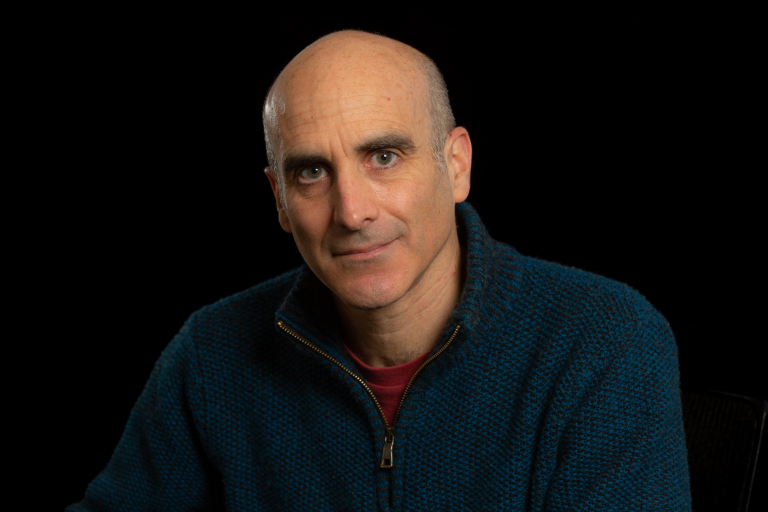
Gustau Catalan is a physicist and ICREA Research Professor at ICN2, in Barcelona, where he leads the Oxide Nanophysics laboratory. His research covers emerging properties of oxides at the nanoscale, with emphasis on ferroelectric and antiferroelectric materials. One such property is flexoelectricity, the theme of his tutorial talk for the ISAF meeting, and a property for which he has especial fondness and a dedicated laboratory, one of the first specialized laboratories of flexoelectricity in the world. His experience in his field goes a long way back, starting with his discovery in 2004 that flexoelectricity was a key contributor to the so-called “size effect” of ferroelectric thin films. Since then, he’s participated in several notable advances in the field, such as flexoelectric-induced mechanical writing and mechanical reading of ferroelectric domains, the existence flexoelectricity in semiconductors and bones and, most recently, the photo-flexoelectric effect of halide perovskites.
© Copyright 2021 IEEE – All rights reserved. Use of this website signifies your agreement to the IEEE Terms and Conditions.
A not-for-profit organization, IEEE is the world’s largest technical professional organization dedicated to advancing technology for the benefit of humanity.
This site is created, maintained, and managed by Conference Catalysts, LLC. Please feel free to contact us for any assistance.
IEEE websites place cookies on your device to give you the best user experience. By using our websites, you agree to the placement of these cookies. To learn more, read our Privacy Policy.